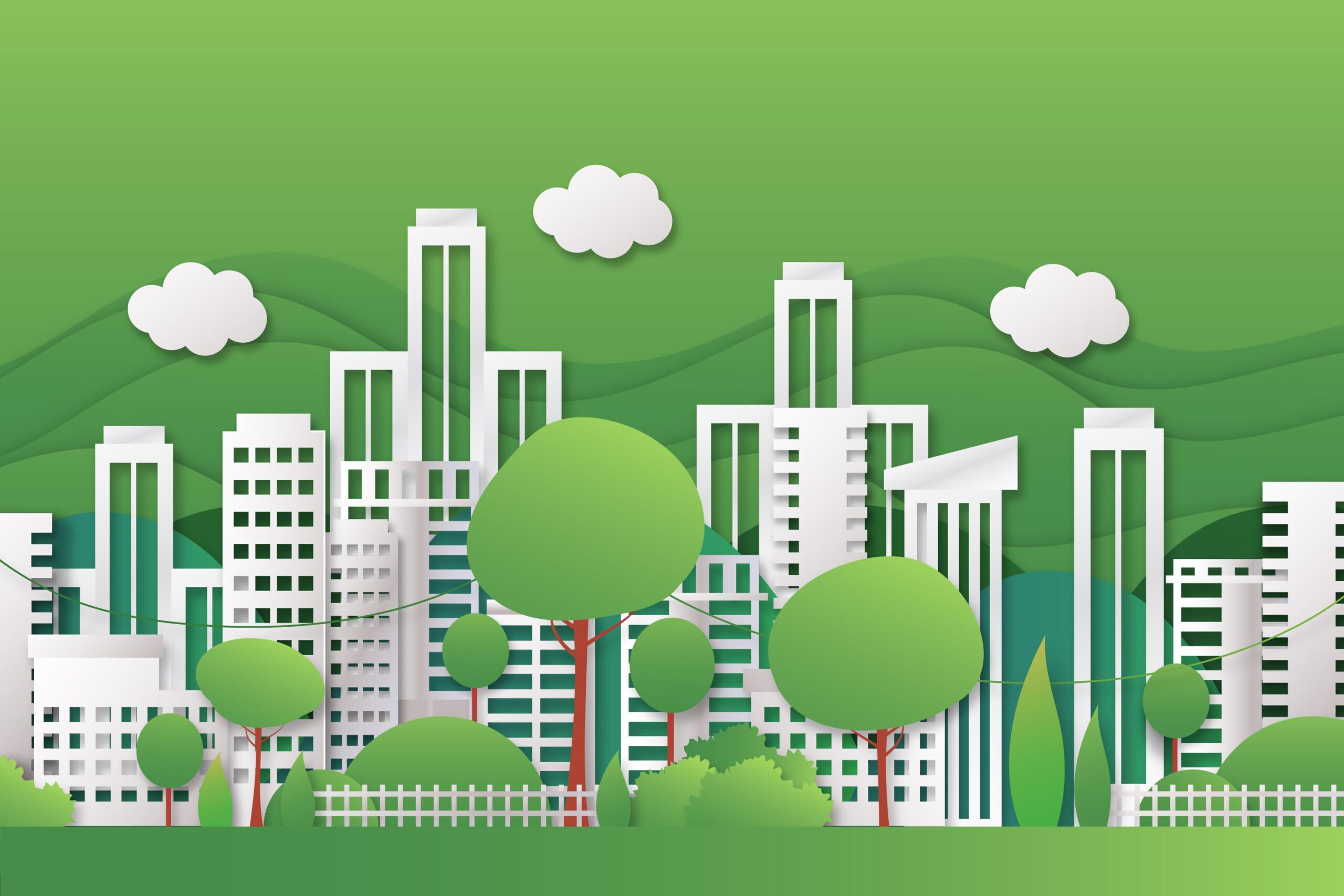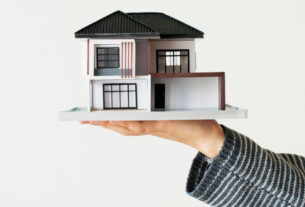The construction of structures and communities that are environmentally benign, socially responsible, and commercially successful is referred to as sustainable real estate development.
This entails a number of things, including waste management, water conservation, eco-friendly material usage, and energy-efficient design.
Over the past few decades, India’s real estate market has expanded quickly, making a sizable contribution to the GDP of the nation.
But this development has come with a price; some initiatives have drawn criticism for having a detrimental effect on the environment and nearby populations.
The built environment is a key contributor to climate change, contributing roughly 40% of global carbon emissions, according to a report by the Indian Green Building Council (IGBC).
In light of this, the demand for sustainable real estate development in India has risen significantly. It supports social fairness and economic development in addition to lowering the carbon footprint of buildings and communities.
In India, energy, water, and maintenance costs can be significantly reduced by developing sustainably, according to a report by the International Finance Corporation (IFC), increasing developer profitability.
Benefits of Sustainable Real Estate Development
There are a number of advantages to sustainable real estate development that can help society, the environment, and the economy.
These advantages make it a desirable investment for developers and a necessary condition for the real estate sector in India to have a sustainable future.
There are many advantages to sustainable real estate development in India that can help the economy, ecology, and society.
Here are a few advantages:
1. Economic Benefits:
Reduced operating costs: Because sustainable buildings use less energy, water, and other resources, their owners and tenants pay lower operating costs.
Higher property value: Green buildings have higher resale and rental prices because they provide superior thermal comfort, natural light, and indoor air quality.
Access to incentives: Government incentives are offered for green buildings, including tax credits, rebates, and subsidies. Developers can lower their development costs and increase their revenues with the aid of these incentives.
2. Environmental Benefits:
Reduced carbon emissions: Sustainable structures use less water and energy, which lessens their overall carbon footprint. A World Green Building Council report claims that green buildings can cut carbon emissions by up to 40%.
Conservation of natural resources: Eco-friendly building components like recycled steel, salvaged timber, and low-VOC paints are used in sustainable structures. These products aid in resource preservation and waste minimization.
Improved air and water quality: Sustainable structures are built with greater natural ventilation and interior air quality in mind. They also include practices that increase the quality of water resources, such as rainwater harvesting and water conservation.
3. Social Benefits:
Improved quality of life: Better quality of life since sustainable structures are made to let in more natural light and offer greater thermal comfort and acoustic insulation. The occupants experience increased comfort and productivity as a result.
Healthier communities: Sustainable structures include green areas, walkways, and bike lanes that promote physical activity and lessen the effects of traffic pollution. Additionally, they offer access to necessities like healthcare, sanitation, and water.
Inclusive communities: Sustainable development can aid in the creation of inclusive communities that give everyone, including low-income families and individuals with disabilities, access to necessities.
Innovations in Sustainable Real Estate Development
As concerns over climate change and environmental degradation have intensified in recent years, sustainable real estate development has gained importance.
India’s real estate industry is crucial for innovation and progress because it contributes significantly to the nation’s energy use and greenhouse gas emissions.
The employment of new technology and materials is one innovative aspect of sustainable real estate development. To lessen the environmental impact of construction, for instance, developers are increasingly adopting sustainable materials like bamboo, repurposed wood, and eco-friendly cement.
The smart house technology is also being implemented into new construction projects to assist homeowners in managing their energy usage and waste production.
The design and construction of sustainable buildings is another area of innovation. Building designs and construction techniques that prioritize energy efficiency, water conservation, and waste reduction are being investigated by developers.
For instance, green walls and roofs are more prevalent, which helps to insulate buildings and lessen the urban heat island effect.
The development of sustainable real estate in India also heavily relies on renewable energy sources. Numerous modern structures have solar panels built into their plans because solar power is so widely used.
India is one of the solar energy markets with one of the greatest growth rates in the world, and the country’s government has set a goal of installing 175 GW of renewable energy capacity by 2022.
In addition to these advances, initiatives are being made to improve the sustainability of current structures.
Government incentives are available to encourage building owners to make these modifications, which can help older structures dramatically cut their energy use and greenhouse gas emissions.
Related Article: The Latest Real Estate Trends in India You Should Know
Future of Sustainable Real Estate Development in India
The sector is anticipated to grow dramatically over the next several years in India due to the enormous growth potential of sustainable real estate development.
According to a recent report by the Indian Green Building Council (IGBC), the country’s green construction sector will grow from its present value of INR 20,000 crore to INR 40,000 crore by 2022.
This expansion is due to the nation’s rising awareness of and need for sustainable living areas.
Sustainable real estate development in India is starting to attract the attention of investors and developers.
The Green Rating for Integrated Habitat Assessment (GRIHA) grading system, which provides a framework for measuring the environmental performance of buildings, is one of many efforts the government has launched to support sustainable development.
Additionally, the government has established rewards for developers who use sustainable design concepts in their projects, such as tax exemptions.
The rising desire for sustainable real estate development in India can also be advantageous for investors. Buildings that are sustainable are frequently more energy-efficient, which lowers operating expenses for building owners and boosts profitability.
Additionally, customers are more favorable towards sustainable real estate construction, which increases demand for sustainable structures and increases rental yields.
The significance of public education and awareness, however, cannot be overstated. Despite the potential for growth in India’s sustainable real estate market, many customers are still ignorant about the advantages of sustainable living environments.
The public must be informed about the financial and environmental advantages of sustainable structures, and developers and investors must take the initiative in this effort.
To Sum Up
Numerous advantages of sustainable real estate development exist for both the business and the environment.
Reduced greenhouse gas emissions, decreased operating expenses, enhanced tenant health and well-being, and increased property value are some of these advantages.
To secure a healthier future for our planet and its inhabitants, it is crucial for the real estate business to adopt sustainable development practices.
Green spaces, energy-efficient building techniques, and the usage of renewable energy sources can all help to achieve this.
The real estate sector in India has the ability to set the standard for sustainable development methods.
We may expect a sustainable future for the nation’s real estate market with the government’s push for green projects and the growing awareness among developers and investors.



